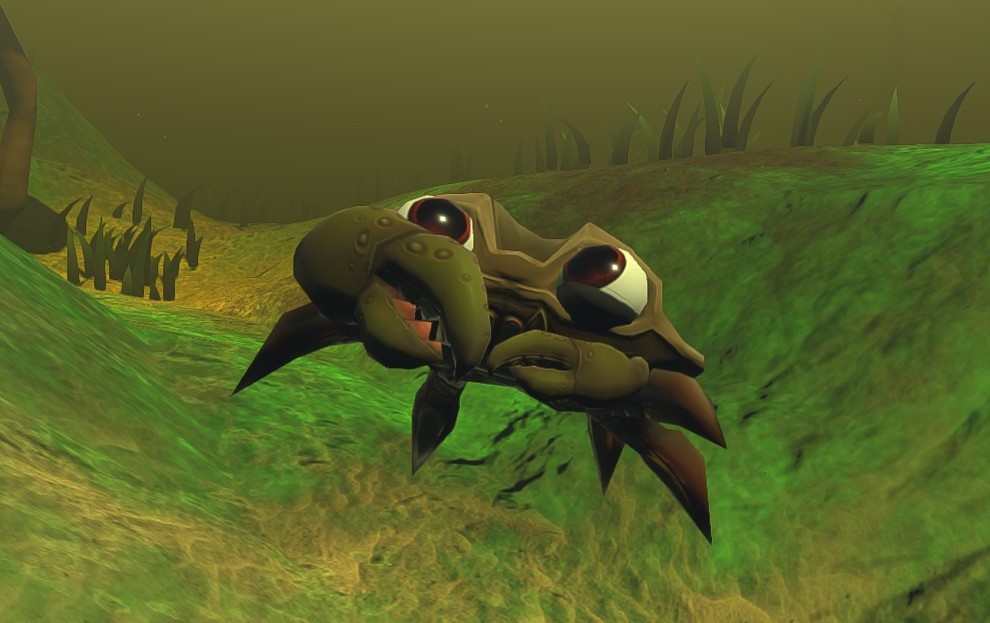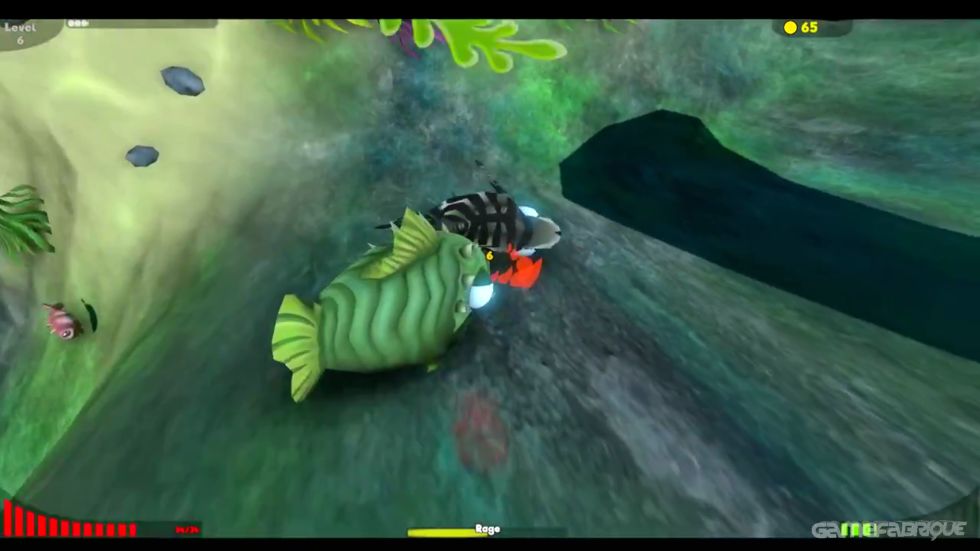
They are scavengers that feed on algae, mussels, arthropods, snails, and polychaetes. Rock crabs can be distinguished by their brownish spots on their carapace and by the smooth edges to their teeth along the edge of the carapace. They are similar in appearance to Jonah Crab. Rock crabs can be found from Labrador to South Carolina. For information on the commercial blue crab fishery, visit Commercial Limits for Lobsters, Crabs & Whelk.

During the fall months, newly hatched blue crabs utilize the tides to make their way back into the estuaries where they will grow.īlue crabs are one of the most harvested creatures on the planet and provide important commercial and recreational fisheries along the Atlantic coast of the United States. Mature females migrate to the mouth of the estuary where eggs are spawned and carried to the ocean by tides. Males mate several times throughout their lifetime, where females only mate once during their terminal molt into maturity. Blue crabs play a vital role in the marine ecosystem as predators, regulators, and consumers in benthic, seagrass, and saltmarsh communities and as a prey species they act as a food source to a wide diversity of ecologically and economically valuable organisms. They can be found in estuaries from Nova Scotia to South America. Their scientific name means "beautiful savory swimmer". Blue Crabīlue crabs are named after their bright blue claws. Crab Speciesįor information on recreationally harvesting crabs, visit Crabbing in New York. Both species are increasingly becoming and important fishery in our local waters. These marine snails are predators, preying upon clams by hammering away at their shells and consuming the soft part of their bodies. Both shells are considered right handed, which means if you hold the shell with the opening facing the viewer, the opening will be on the animal's right side.
#FEED AND GROW FISH CRAB SERIES#
These two species are easy to tell apart, the channeled whelk has channels going along its body whorl whereas the knobbed whelk has a series of knobs along its body whorl. Channeled whelk prefer shallow waters, where knobbed whelk alternate between deep and shallow waters depending on the season. Both species can be found from Massachusetts to Florida and prefer sandy substrate and are located in the intertidal and subtidal zones. Two species that are commonly found in our waters are channeled (Busycon canaliculatum) and knobbed whelk (Busycon carica).

Whelk is a common name that applies to many species of large predatory sea snails. Egg bearing females can be seen in inshore waters during late spring and early summer and they are illegal to harvest.įor information on harvesting lobsters, visit Lobster Permits. Lobsters usually mate after the female molts and the female can carry the males sperm internally for up to a year and the fertilized eggs for 9-11 months. Lobsters can molt up to 25 times over a period of 5-8 years between the time they hatch and are able to reproduce. Lobsters eat mostly animals, but if these resources are scarce, as they are sometimes in the spring, a lobster might eat plants, or even sponges to survive. The main diet of a lobster is crabs, mussels, clams, starfish, sea urchins and various marine worms. The Gulf of Maine/Georges Bank stock is above target population levels, while the Southern New England stock (the populations seen in our waters) is below target levels.

They prefer to live in rocky crevices or burrows. Lobsters are found from Maine through North Carolina in offshore waters and from Maine to New Jersey in inshore waters.


 0 kommentar(er)
0 kommentar(er)
